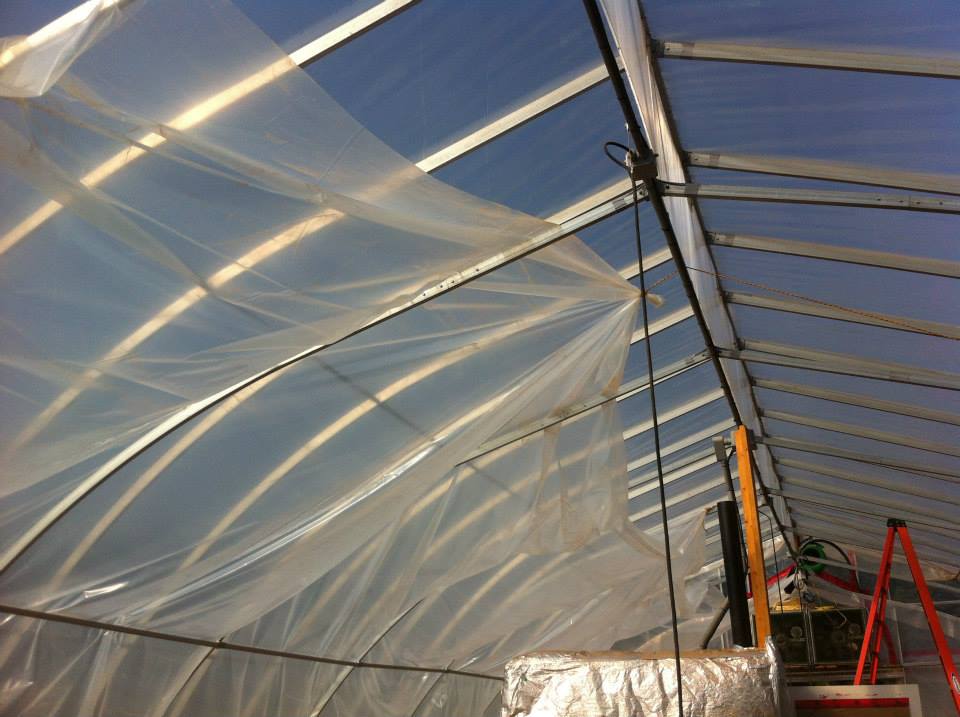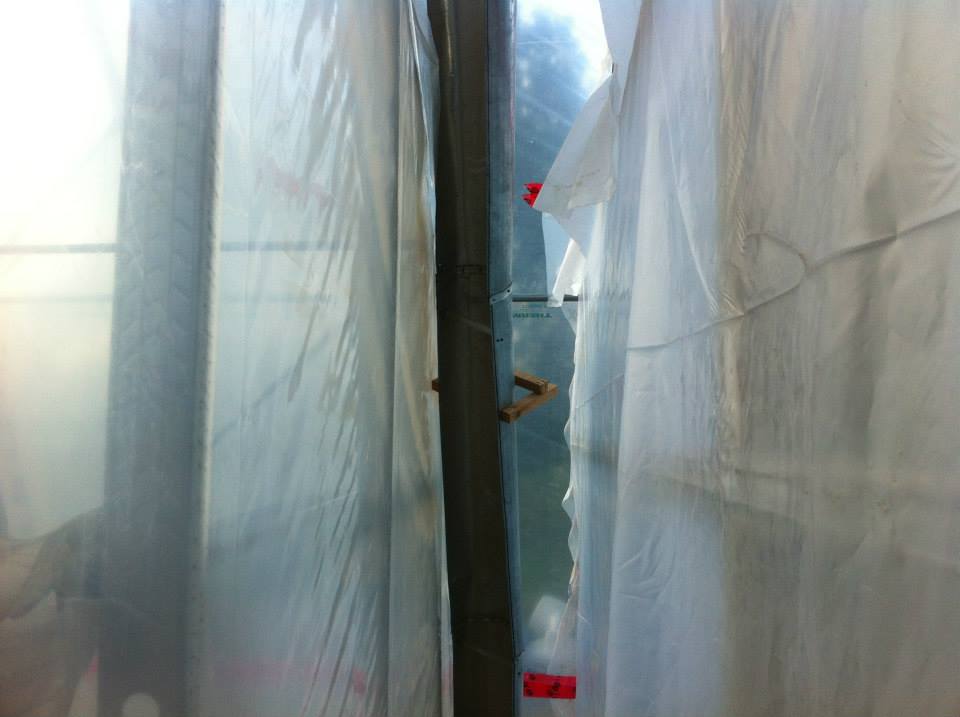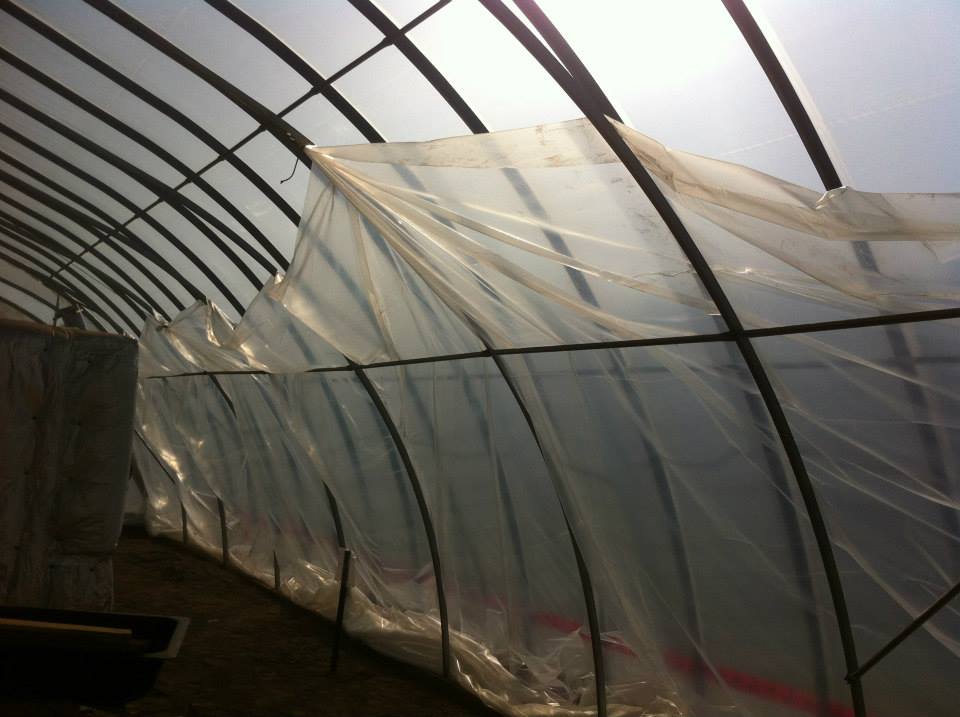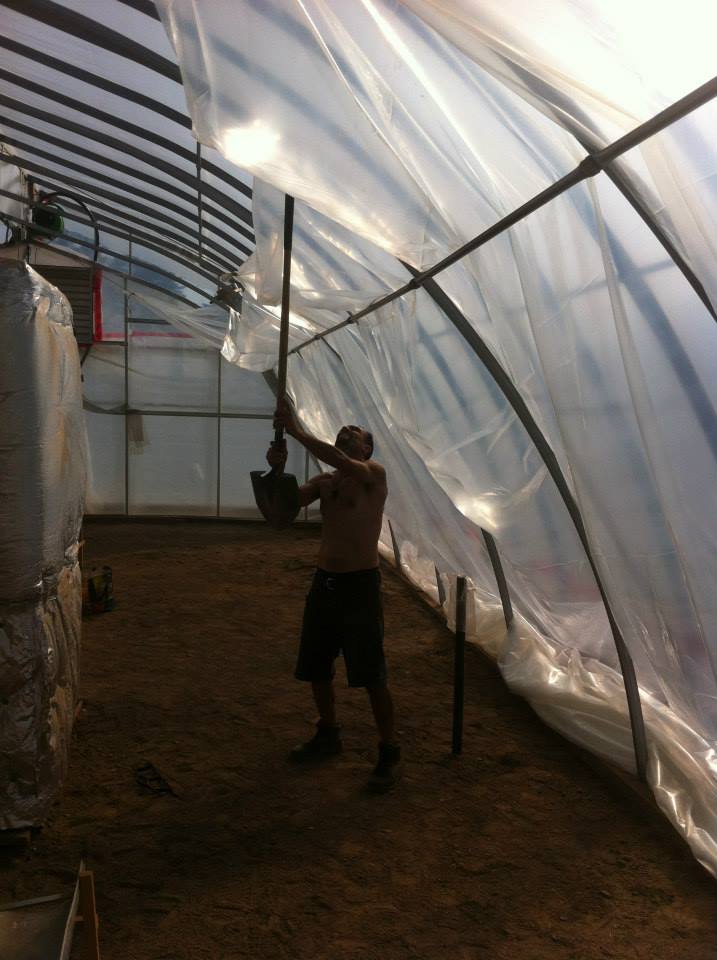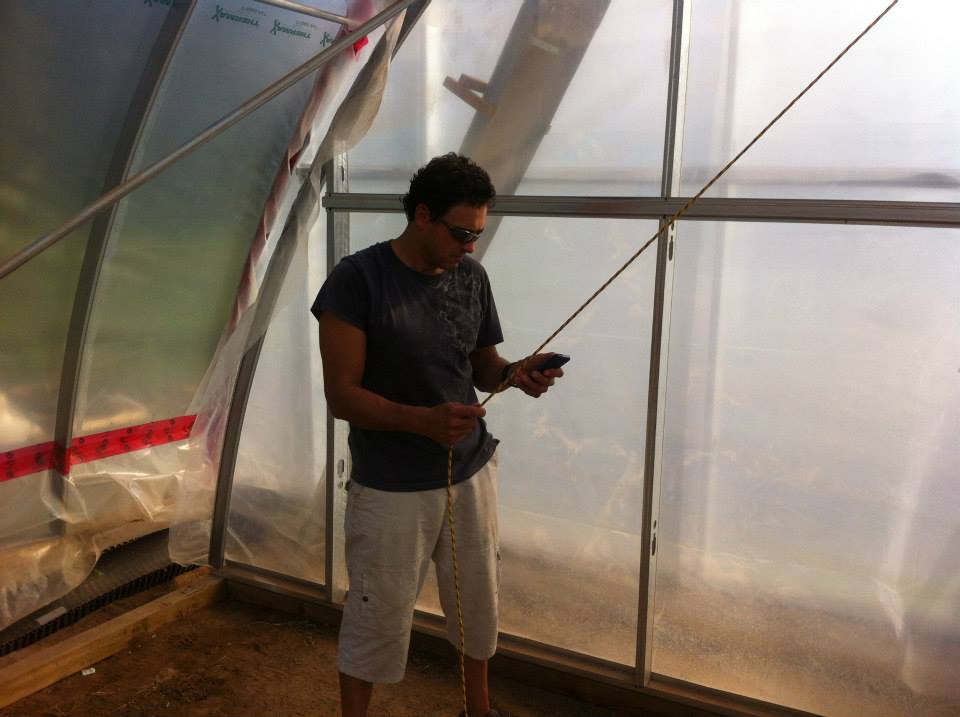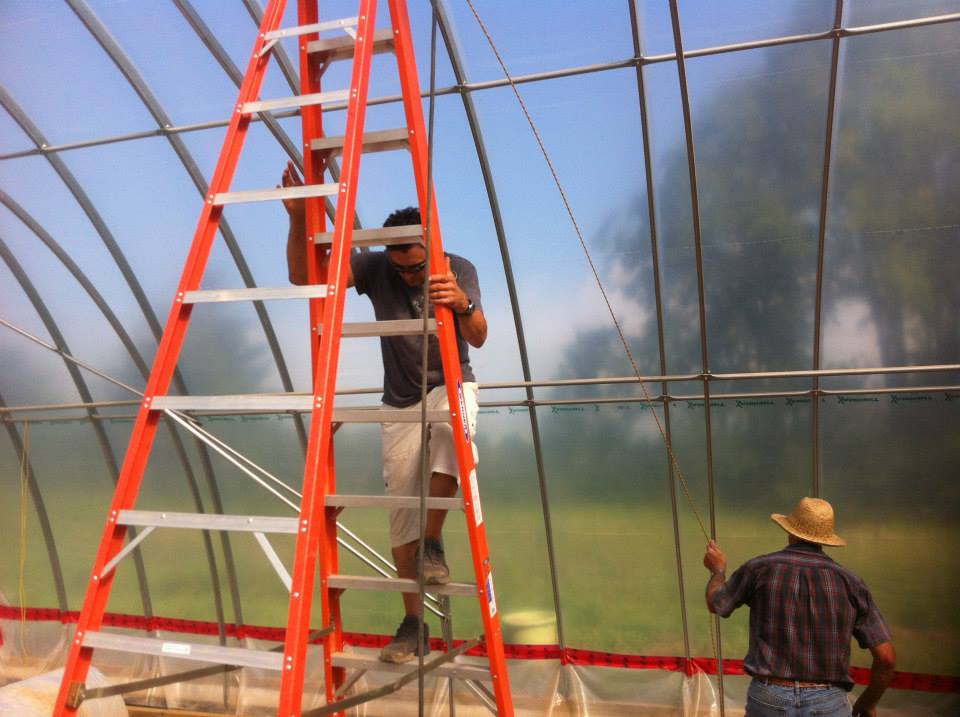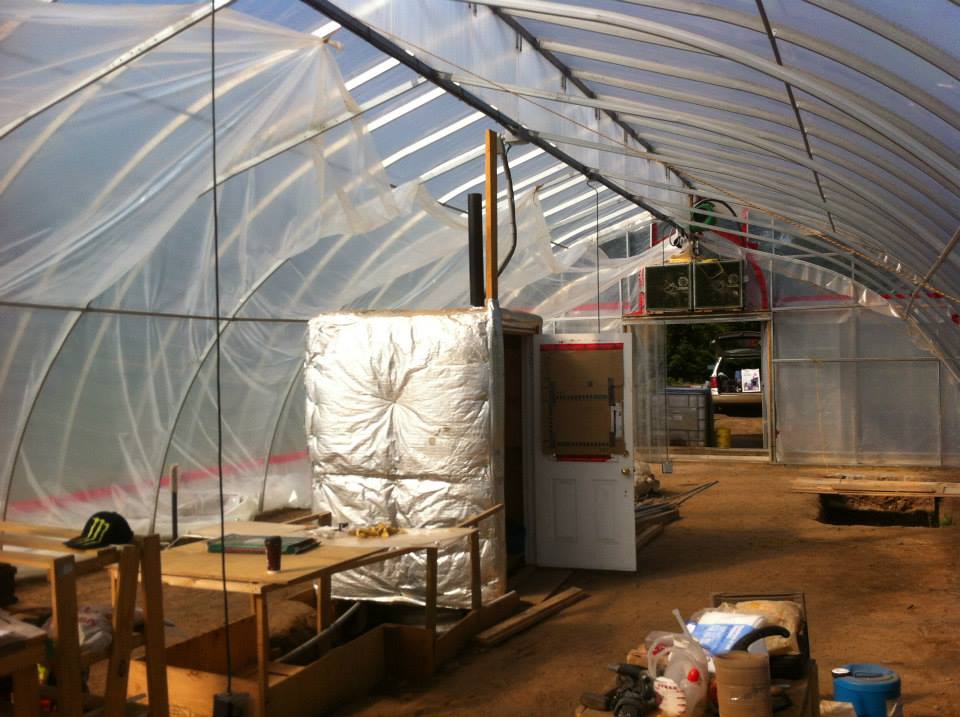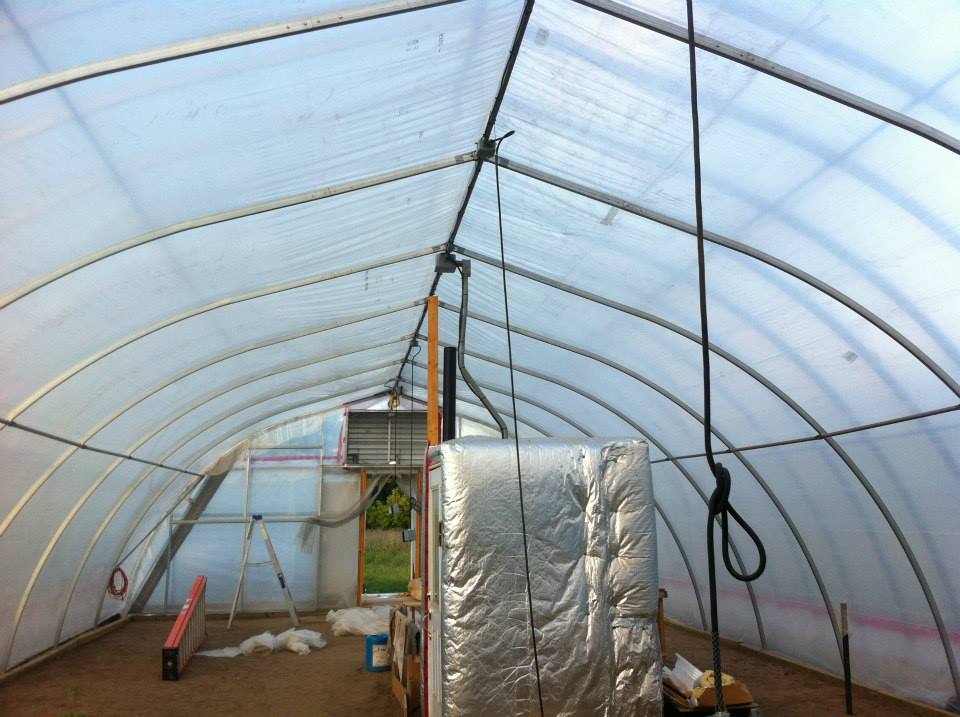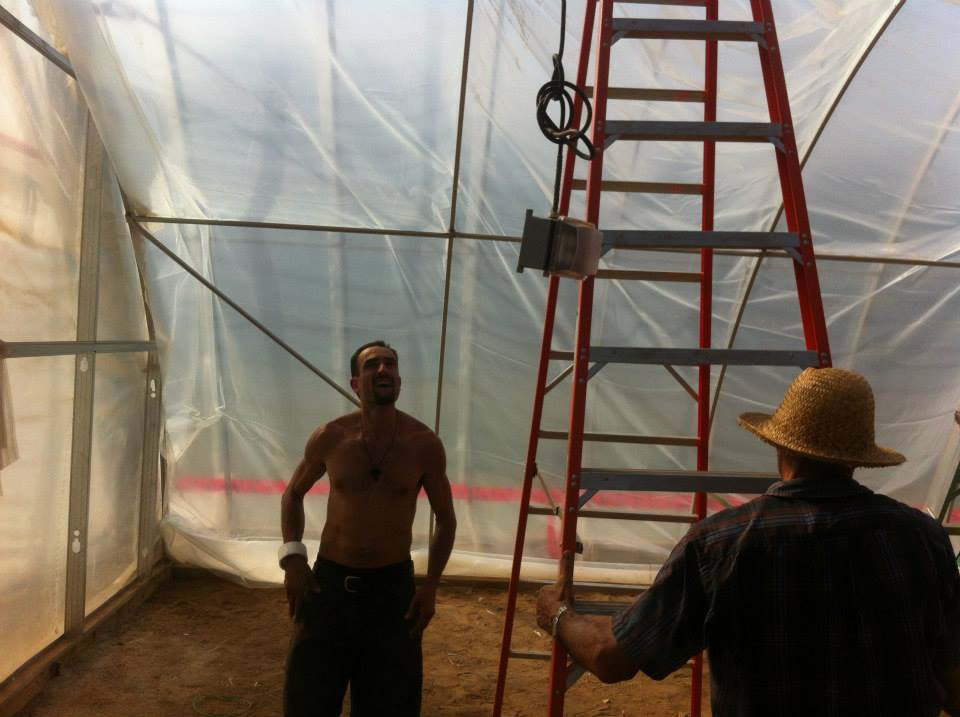Via our resident homeopathy partner, Anna Sienicka!
"I am extremely happy to announce that my eBook "Cleansing By The Moon - Get the
most out of your Detox" is done! I did this cleanse last year and had tremendous results. I took copious notes when I was doing it and it took me a year to put everything together so the instructions are clear and easy to follow. It is now ready. This 75 day cleanse starts on a Full Moon, ends on a New Moon and provides a thorough detoxification and rejuvenation of your body. The 75 day process includes 2 Liver Flushes, Lymph Drainage, Candida and GI Cleanse. I also included my favourite recipes at the back of the book. When was the last time you did a cleanse? Do you often feel tired? Have yeast infections, itching eruptions or eczema? Do you suffer from ‘brain fog’? Or do you crave sugar? Do you tend to get symptoms like seasonal allergies, constipation, headaches, fatigue and indigestion especially from fatty foods? Then you would be a great candidate for doing this cleanse! Even if you are generally in good health this cleanse is an excellent way to slow down cellular aging, feel lighter and more energetic as well as keep the health that you already have. Prevention is everything. First 100 copies for only $5.99 All money is going towards our new clinic http://www.homeopathiccare.ca/ebook_products.php
Thank you so much!"
News Blog
Our news/blog section offers up to date information and commentary on the various aspects of the Rejuvenation Network. Check back often for news or leave a comment on our latest developments!
Brilliant Contact Community™ Meetup!
Announcing next set of meetings for the Brilliant Contact Community™ on Saturday, Sunday, and Monday October 19th, 20th, and 21st in Middletown, CA. Take special note of the Sunday presentation and feedback session with architect, Tim Lorenz.
These sessions welcome newcomers at 1pm each day and team planning and development for those wanting to be part of our community development team. If you've come before and want to continue as part of the team, come back by 2:30pm at latest.
See all the details on the revised event page description at:
https://www.facebook.com/events/678602675502175/
Looking forward to seeing you!
Living with Less
Avaaz Petition: Allow Organic Certification for more modern techniques
"Organic Certification is limited by the vague word "soil": any "soil", even one soaked with agricultural chemicals is, after one or two years, considered good enough for Organic Produce. We suggest to replace this word with the term “Organic Soil”, defined as: "All mixtures consisting of materials of only natural origin (sand, dust, stone, rock, clay, chalk, etc...) and their man made derivatives (i.e. perlite , vermiculite, etc ...), fertilised by nutrients of only natural origin (i.e. manure, decaying plants, compost, etc ...), so that they develop a healthy natural environment for bacteria, insects and invertebrates, of which the composition is recorded, can be certified as Organic Soil."
This allows for innovative, even more sustainable
techniques for healthy food production without pesticides and herbicides (Aquaponics, Vermiponics, etc ... )."
https://secure.avaaz.org/en/petition/allow_Organic_Certification_for_more_modern_techniques/?aIyBfbb
How Big A Backyard Do You Need To Live Off The Land?
"How Ontario plans to deal with tonnes of nuclear waste: Bury the problem"
"On a clear day, Marti McFadzean can see the Bruce nuclear plant from her home in this cottage town on the sandy shores of Lake Huron, where she had summered since childhood and has now retired.
Ms. McFadzean was never too concerned about the proximity of a nuclear plant to her family’s tranquil summer retreat, where five generations have gathered since 1928. But this summer, the former school administrator interrupted her retirement to become a full-time NIMBY activist.
She and many of her neighbours along Lake Huron’s eastern shore are campaigning against a $1-billion plan by Ontario Power Generation (OPG) to bury low- and intermediate-level nuclear waste in a deep geologic repository (DGR) at the Bruce site, a facility that would be built just two kilometres from her home and only a kilometre from the lake itself.
For nuclear power producers, the Bruce DGR represents part of a long-term answer to a thorny problem that has dogged the industry since its postwar inception: what to do with the radioactive waste that will remain dangerous long after the reactors are gone, in some cases for hundreds of thousands of years. In fact, OPG is currently storing low- and intermediate-level waste at ground level at the site, but it wants a permanent solution.
The utility’s disposal plan and a parallel proposal to build a high-level nuclear waste repository are fuelling fears across the region known as “Ontario’s West Coast.” In cottage-friendly towns like Inverhuron, Kincardine, Tiverton and Saugeen Shores, neighbours have taken opposing sides. Lawn signs proclaiming, “No Nuclear Waste Dump” and “Save Our Shores” sprouted like weeds this summer, and at public meetings prominent speakers have declaimed against the risk of contaminating the Great Lakes, which provide drinking water for 40 million people.
“We’re not anti-nuclear,” Ms. McFadzean said in interview over coffee at Inverhuron’s Cottage Groceries & Restaurant. “We’re just saying: Do it right. If you bury the waste, it is going to be ‘out of sight, out of mind’ but remain there for generations.”
Opposition has also sprung up on the U.S. side of the Great Lakes. Towns in Ohio have passed resolutions against the plan, while Michigan’s State Senate unanimously endorsed a motion opposing a nuclear waste repository on the shores of the lake it shares with Canada. State Senator Hoon-Yung Hopgood, who spearheaded the opposition there, plans to speak against it at hearings in Ontario.
Critics like Ms. McFadzean are gearing up for the hearings, which begin Monday in Kincardine, after which a federal review panel will make its recommendation. The panel will assess whether it is safe to bury as much as 200,000 cubic metres of nuclear waste some 680 metres under ground, in limestone that OPG scientists say is highly impermeable and has not moved in a million years. For the intermediate-level waste – a small fraction of the total – it will take 100,000 years for the radioactivity to break down to safe levels.
As the provincially owned OPG pursues its site for low- and intermediate-level waste, a federally appointed body is slowly proceeding with plans to build a permanent underground storage site for high-level waste – mainly the spent fuel rods that are now stored in pools at each reactor site. Bruce County municipalities such as Saugeen Shores, as well as others around the country, are vying for the right to host that site – to the anger of some residents.
Saugeen Shores resident Beverly Fernandez leads a protest group called Stop the Great Lakes Nuclear Dump, which paid for a billboard this summer on Toronto’s busy Queen Elizabeth Way, decrying the plan to bury nuclear waste near the Great Lakes as a “bad idea.”
She has worked tirelessly against the DGR – devoting, in her own words, “seven days a week, every waking hour and many sleepless nights.” At a recent town hall at Wayne State University in Detroit, she described the OPG proposal in apocalyptic terms. “To permit the burial of radioactive nuclear waste right beside the Great Lakes is a crime against humanity, a crime against the Earth and a crime against future generations,” she said to a standing ovation.
In an interview, she complained that OPG never looked for an alternative site and short-circuited the process by focusing only on the Bruce site. She also noted that some international sites have had water problems.
OPG insists the repository will be secure and will be monitored for up to 300 years. “We’ve been extremely conservative in our approach,” spokesman Scott Berry said during a visit to the Bruce site. “We have to assure ourselves, the public and the regulator of the safe handling and storage of the waste.”
Currently, OPG stores all low- and intermediate-level nuclear waste generated by the province’s 20 reactors at the Western Waste Management Facility, situated at the Bruce site.
As much as 50 per cent of the material that would be buried in the DGR over the next 40 years is already at the site. Some 80 per cent of the material is low-level waste – things such as mop heads and protective clothing – and is kept in shed-like buildings above ground. The more dangerous items – resins, filters and equipment from retooled reactors – are entombed in steel-and-concrete vaults just beneath the surface.
Initially, OPG looked at three options for dealing with the waste: surface storage with greater processing, the use of concrete vaults just below ground level and, finally, deep burial. It determined that all three were technically feasible and safe after a 2004 report from consultants Golder Associates. OPG opted for the deep storage after the town of Kincardine stated its preference for the DGR.
While several protest groups have sprung up, the utility has the support of the local municipal governments, which have been receiving as much as $650,000 a year from OPG for agreeing to host it.
Mike Smith is mayor of Saugeen Shores. He is also a former worker at the Bruce plant, which is owned by Cameco and TransCanada Corp. and some Ontario pension funds and unions.
“We have 2,000 people that work out there [at Bruce], and I hear it from both sides,” Mr. Smith said in an interview at his office. Despite complaints that the decision is set in stone, he insisted the municipality is still deciding whether to be an official candidate for the high-level waste site being planned by the federally appointed Nuclear Waste Management Organization.
“The thing that escapes people with the Kincardine [OPG] project is that the waste is all here now and it’s going to continue to come here so long as nuclear plants operate in Ontario,” he said. “So if you’re opposed to it, does that mean you’re happy with the way things are now?”
Mr. Smith said the DGR – and the high-level waste repository, should it be approved – would bring significant employment and financial benefits to an area that has little industry beyond the nuclear plant.
OPG has spent years drilling deep into the dense limestone, formed some 450 million years ago, that lies 650 metres below the Bruce site. In comparison, Lake Huron has a maximum depth of 200 metres. During that exploration process, the scientists recommended locating the repository deeper than initially planned to take advantage of the seismically quiet, impermeable Cobourg limestone formation, said the project’s chief geophysicist, Mark Jensen.
“It’s good fortune that the best geology lies under the Bruce plant,” Dr. Jensen said.
But in a submission to the panel, University of Alberta professor Peter Duinker slammed the environmental impact study done by OPG as “not credible” and “not reliable,” though he offered no opinion on the project itself. Indeed, a staff report from the Canadian Nuclear Safety Commission – which is jointly responsible for the panel that must approve the project – concludes that OPG’s plan poses little risk to the public. “The overall safety case for the DGR is acceptable,” says the CNSC report, which was filed with the review panel this week.
But critics are skeptical about the scientists’ assurances and worry about biased regulators.
CNSC president Michael Binder met in 2009 with pro-development mayors in the region. Notes taken of the meeting by a municipal employee, obtained this year by opponents via a request under the Access to Information Act, describe Dr. Binder as telling the mayors that he next hopes to see them at a ribbon-cutting ceremony for the DGR.
“The CNSC seemed to think its role was to promote the project and make people feel good and safe about it,” said Pat Gibbons, a retiree in Saugeen Shores who worries that approval of the DGR project would set the stage for the more dangerous high-level waste site to be located in the town.
CNSC spokesman Aurèle Gervais said Dr. Binder would not comment on the alleged statement but added that the commission president attended the meeting at the invitation of the mayors and “presented the science-based regulatory requirements for the project.” Mr. Gervais said Dr. Binder is not a member of the review panel and will not participate in the decision.
For the critics, relations between the industry, the municipal officials and the regulators have been far too cozy. But they remain hopeful that the swell of opposition, rippling across the water to towns on the U.S. side, will keep the waste site from being located anywhere near their backyards or indeed in the Great Lakes watershed."
Revolutionary Gardens Build Progress
The Revolutionary gardens team hard at work testing out their novel bubble greenhouse technology with a smoke machine!
Symbiosis Ecovillage on Vimeo
Awesome artsy video clip of our sister ecovillage in Tofino. Enjoy!
More info here
Greenshire Ecofarms, new Rejuvenation network partner!
Were very pleased to introduce to you Greenshire Ecofarms, and up and coming eco-community located near Lindsay, Ontario. You can checkout their profile here, and their website for more information!
http://greenshireecofarms.com/
Experimental Lakes Area to Remain Open
"September 2, 2013 9:00 a.m.
Office of the Premier
Ontario will commit up to $2 million per year to keep the Experimental Lakes Area open - the only fresh water research facility of its kind in the world - a decision that will see that the important research conducted there can continue to benefit the world.
The Experimental Lakes Area is a freshwater research facility in Northwestern Ontario specializing in pollution reduction strategies, climate change, and protection of freshwater ecosystems. This unique facility in Ontario attracts scientists from around the world while conducting important research which informs our pollution reduction strategies, our understanding of climate change and how we can protect our lakes and rivers right here in Ontario, across the country and the entire globe.
This investment is part of the Ontario government's plan to foster research and innovation and create jobs in Ontario.
Quick Facts
- An agreement between Ontario, the International Institute for Sustainable Development (IISD) and the federal government was reached before September 1st to keep the facility open as Ontario and the IISD finalize a long-term agreement.
- The Experimental Lakes Area was established in 1968 and is approximately 50 kilometres southeast of Kenora, in the Lake of the Woods watershed.
- In the 1970s research at the Experimental Lakes Area identified that acid rain could lead to freshwater fish deaths.
- In April, the new Ontario government announced that it was working with the federal government, the Government of Manitoba and other partners to keep the Experimental Lakes Area open.
- The Department of Fisheries and Oceans will assist with the transitional phase until the IISD fully takes over the Experimental Lakes Area operations while all three parties continue to negotiate a long-term agreement.
- The Manitoba government is also providing ongoing funding to the IISD as the organization takes over the operation of the Experimental Lakes Area."
http://news.ontario.ca/opo/en/2013/09/experimental-lakes-area-to-remain-open.html







